How Cloud Migration Helps Retain Top Tech Talent
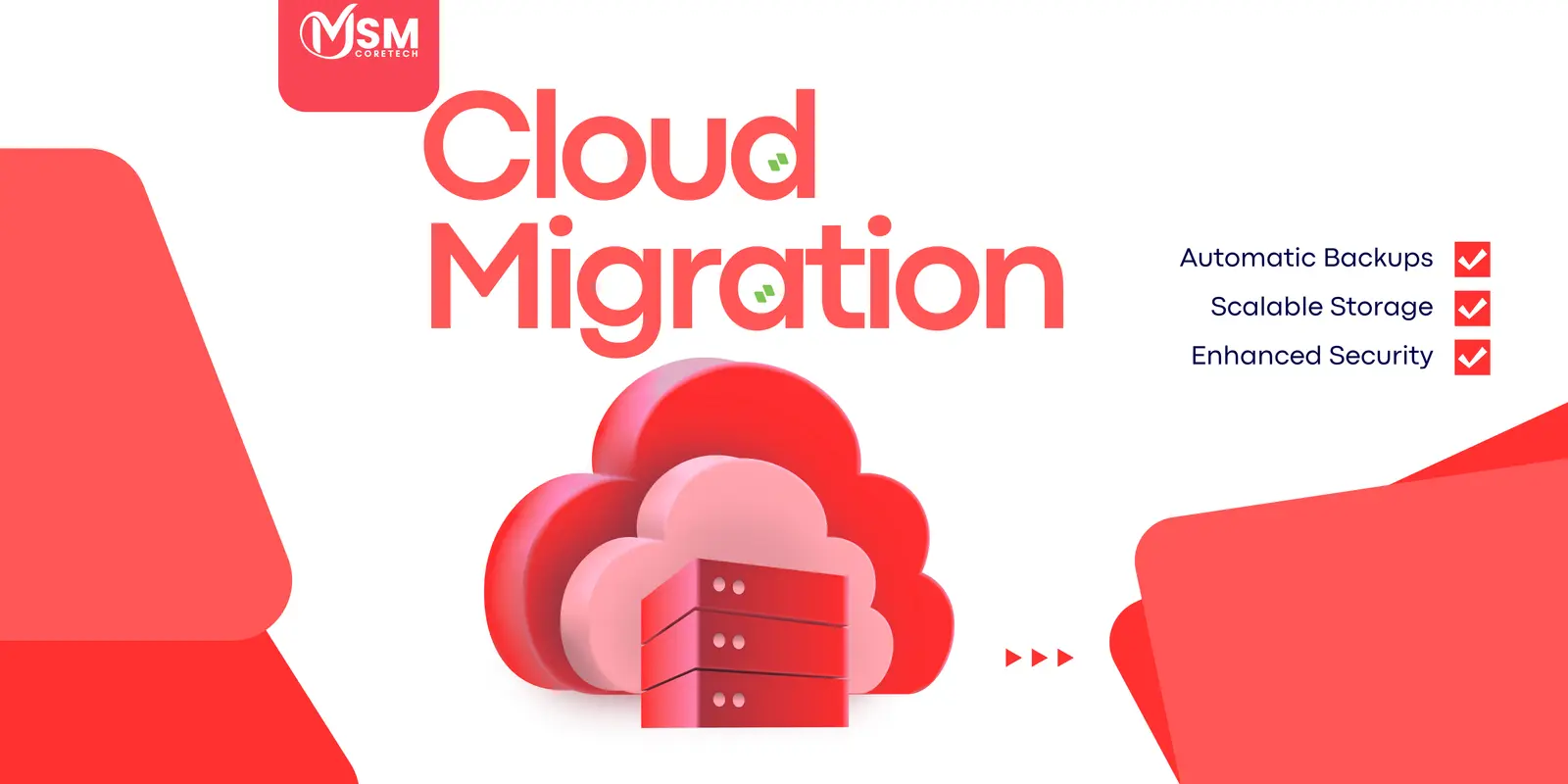
Cloud migration is a term for when an organisation moves its digital assets (e.g., data, systems, applications, and any IT related resource) into a cloud infrastructure.
Originally, the cloud was a way to better manage costs and drive operational efficiency. Now, it is central to attracting and retaining high-performing talent.
Modern cloud environments are changing the way teams work. Organisations are starting to comprehend that a successful cloud migration not only streamlines processes but also gives them a strategic edge in the talent war.
According to a study by PwC, 82% of organisations are employing AI as part of their IT modernisation strategy, a trend strongly correlated with the adoption of cloud environments. Another report indicated that 52% of enterprises with 13000+ employees have already migrated most of their IT infrastructure, applications, and analytics to the cloud.
Professionals are increasingly attracted to organisations that embrace modern ecosystems. Cloud operations enable remote work, connectivity, and ad hoc toolsets, all of which instantiate an experience that helps increase job satisfaction and gives talent a comparatively better chance of staying longer.
Why Traditional Systems Push Talent Away
Outdated systems generally create perfunctory bottlenecks (a situation where a process or system is slowed down due to a component or step that is not being fully utilized or optimized, acting as a limiting factor) for developers and IT teams. When organisations bank on legacy systems like COBOL or Delphi or a monolithic client-server architecture, they limit what their workforces can produce. Legacy systems are complicated with limited opportunity for creativity and enhancement.
Legacy systems limitations make it difficult to engage with and embrace modern developer intent and expectations for development environments that are cloud-native and robust development frameworks. This creates a misalignment that leads to developer frustration and the larger problems of talent retention challenges and attraction.
More often than not, the most junior developers we work with have been trained in scalable, cloud-first architectures. So, when they find themselves working on tightly regimented legacy systems or locked in a "one-size-fits-all" mindset, they feel they have moved backwards in their career trajectory.
Organisations that stay with traditional systems may find they are not simply struggling; they are losing the ability to bring on and develop the best talent to facilitate their future success. But organisations do not mean to stay with legacy technologies. They want the opportunity to move to modern technologies and take the leap to cloud infrastructure. They are just paralysed by the unknowns.
The Difficulty of Finding Talent with Legacy Technology
For many businesses, finding raw talent to work with legacy programming languages continues to be a real challenge. Many businesses are slow to adopt new technology because they are too concerned with losing their data, making the transition dysfunctional, or incompatibility.
Therefore, rather than replacing legacy technology entirely, businesses are finding ways to integrate with cloud infrastructure and use modern APIs under much more controlled circumstances to preserve and leverage functionality in their existing programs.
This new tactic has resolved an important item of concern: finding and having access to older language-skilled developers. While this new tactic will not eliminate legacy codes or technology, modernising the interface quickly eliminates the need to rely on a narrowly defined talent pool. In the meantime, organisations can retain a business-as-usual mentality while continuing to modernise the technology stack.
Cloud Migration - Bridging Multigenerational Systems and Workforces
Cloud migration gives access to a rich set of services and tools that are ingrained in the ways that modern developers and their teams interact and support their work experience. Cloud migration can harness a focus on contemporary programming languages, APIs, and tools that inherently align with the way software gets created today.
Kubernetes, containerisation, and a serverless computing model are not hype. They represent a modern developer stack to build modular, scalable applications. Organisations that migrate their development capabilities to a cloud-native development model are also providing their project teams with access to those components, which drives engagement and ultimately supports the technical output.
The cloud also strongly supports flexible work environments. Cloud platforms allow teams that are distributed to work together well through shared resources that are consumed in real time. Cloud migration does not sacrifice security, control or speed, and this flexibility is something that a new generation of talented professionals seeks, especially when a remote or hybrid work situation is available.
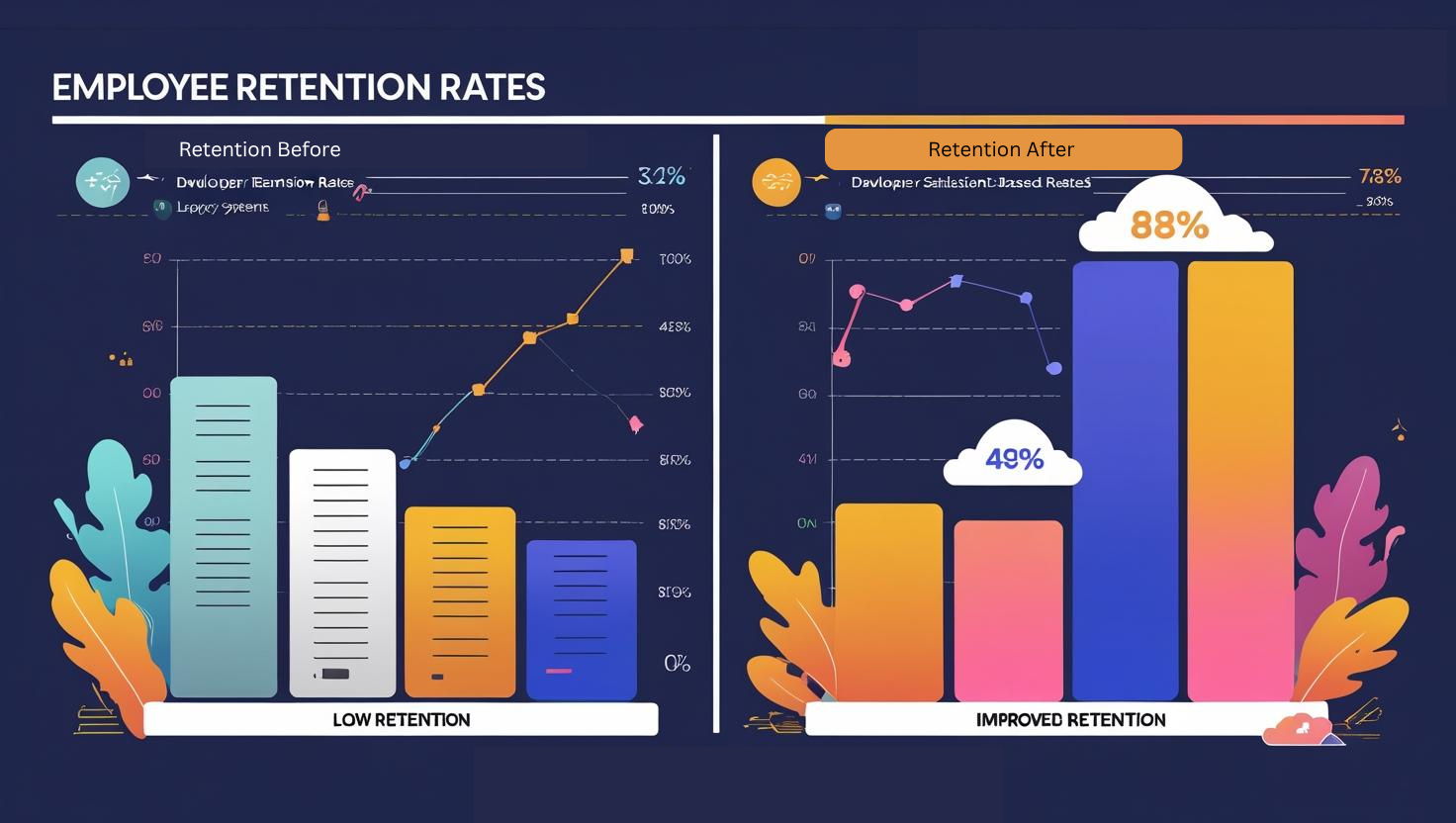
Enabling Dev Teams with Scalable Infrastructure
The cloud provides some of the greatest advantages due to its scalability and automation capabilities. Dev teams no longer have to rely on hardware provisioning or wait for capacity to become available in their deployment pipeline.
Cloud platforms support CI/CD processes, enabling developers to deploy features faster, conduct tests more frequently, and achieve shorter cycle times. This aids dev productivity and experimentation without the fear of causing disruption across the whole system.
Agile infrastructure that responds to workload demand also leads to less burnout. When repetitive tasks can be automated and cloud-based workflows can be integrated, developers are able to focus more on value creation, not just maintaining a system. The same teams working in high-velocity environments more often report better job satisfaction and lower attrition levels.
Real-World Examples of Talent-Driven Cloud Initiatives
Several leading companies have publicly shared success stories showcasing how cloud migration did not only improve operations; it also improved staff retention.
In one instance, a fintech company updated their legacy banking page technology to a cloud-based microservices architecture for the entire page. Not only did the fintech firm experience a 35% increase in deployment frequency, but internal surveys indicated there was a 40% increase in developer satisfaction.
In another example, a healthcare provider that was experiencing turnover amongst its tech talent modernised its backend company infrastructure by implementing cloud migration services. By deploying modern development stacks and cloud-based collaborative tools, the company better facilitated onboarding and improved tech talent retention in the long run.
Legacy modernisation success story illustrate the immediate cloud migration impact on creating a better workforce for the future.
More Than Technology—Culture, Innovation and Career Advancement
Cloud environments not only provide many tools, but they also enable a cultural transformation. Developers and engineers working in cloud environments are surrounded by a modern engineering culture focused on learning, automation, experimentation, and enabling companies to demonstrate their impact in a more human way.
The likelihood of innovation increases when cloud training programs and certification opportunities exist. Also, a plan with dual paths for upgrading cloud-specific skill sets increases dev team engagement by showing the organisation's vested interest in the long-term growth of the developer team's skills.
In addition, career advancement becomes more transparent in modern environments. As a developer becomes more competent in using cloud technologies, they become eligible for higher roles, cross-functional projects with other teams, and even leadership roles. All of these opportunities can be appealing to keep high-performing and energised individuals engaged with the organisation long-term.
Conclusion
Cloud migration is more than optimising infrastructure; it is a commitment to innovation, flexibility, and, most importantly, people. Businesses cannot maintain their competitive edge in attracting and retaining talent unless they view cloud migration as a talent strategy rather than a technology strategy.
Cloud migration optimises productivity by using agile methodologies and eliminating legacy burdens that might lead to employee dissatisfaction. Cloud migration challenges are worth the experience; it is a foundational step for growth, experimentation, and retention.
If your organisation seeks to future-proof its workforce and infrastructure, consider its systems from a cloud migration perspective. MSM CoreTech Innovations has a suite of cloud migration tools and services available to help guide your business through cloud migration. Do not wait; migrate, modernise your environment, and build a workplace where top talent is eager to contribute.
Do you need assistance with your first cloud migration? Contact MSM CoreTech Innovations and create your cloud migration roadmap today.
Related Blogs
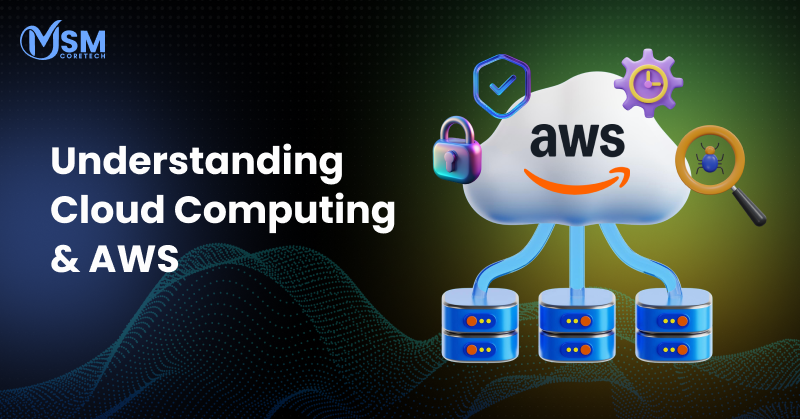
Understanding Cloud Computing & AWS
Gain a clear understanding of cloud computing and how AWS powers modern digital infrastructure. This blog introduces key AWS concepts while highlighting how the six pillars of the AWS Well-Architected Framework—security, reliability, operational excellence, performance efficiency, cost optimization, and sustainability—guide the creation of resilient and effective cloud solutions.
Read More
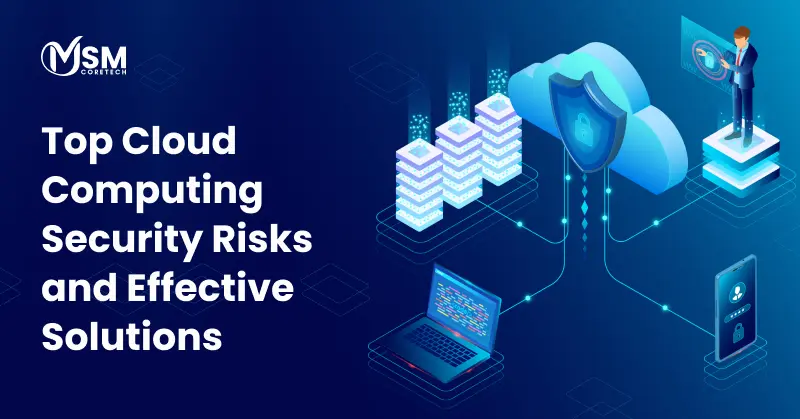
Top Cloud Computing Security Risks and Effective Solutions
Explore the major security risks in cloud computing and discover proven solutions and best practices to protect your data and strengthen your cloud security strategy.
Read More
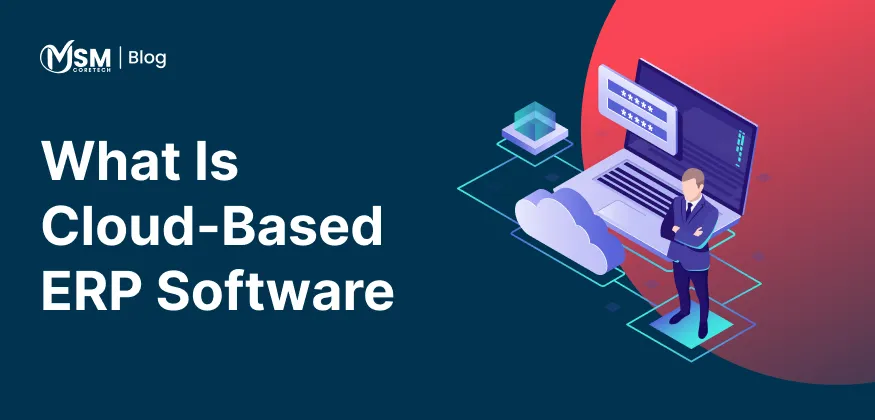
What Is Cloud-Based ERP Software and How Does it Benefit Your Business?
Cloud-based ERP software helps business owners manage operations more efficiently by centralizing data, automating workflows, and improving real-time decision-making. It offers flexibility, scalability, and cost savings, making it an essential modern solution for growing businesses.
Read More




